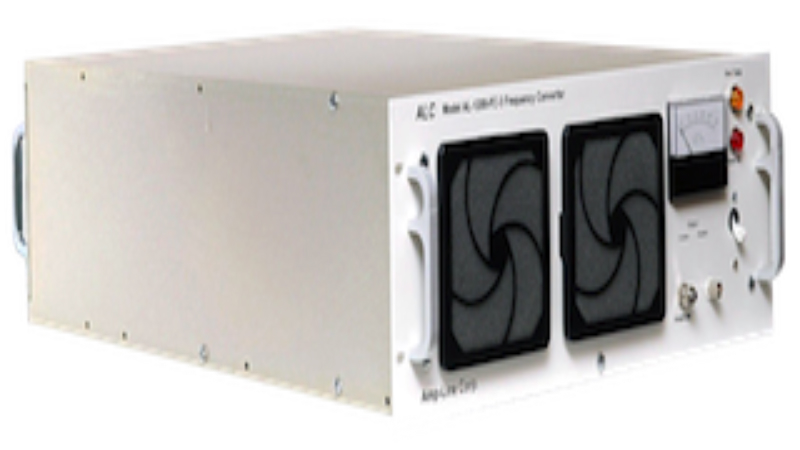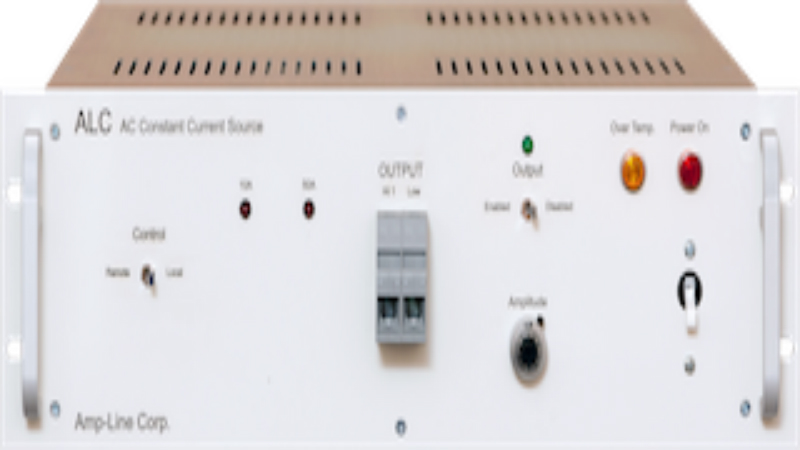A low pressure transmitter operates just the same as other types of pressure transmitters, but they are designed for use with specific ranges of pressure. With low ambient pressure, the sensors have to be designed to detect even slight variations, which is not necessary when there are higher pressures.
The Basics
A low pressure transmitter can be used for air or non-corrosive gases as well as corrosive or non-corrosive liquids. When used in industrial applications, machines, equipment or even in aerospace applications, they will measure pressures changes or drops below a specific level, which is essential for optional operation and equipment life.
There are many different types of low pressure transmitter models, but they all work with a similar intent and design. They typically have a diaphragm that responds to changes in the pressure through the system. The movement of the diaphragm to these changes in pressure creates a change in the electronic signal that converts into a readout display.
Pressure Measurement
There are three different types of possible pressure measurements. These include gauge, absolute, and differential. Of the three, the most common measurements provided by low pressure transmitter models are gauge and differential. One transmitter may be able to provide both of these readings depending on the specifics of the design.
Gauge pressure requires atmospheric pressure as a reference. It is actually a reading of the difference between the atmospheric pressure and the pressure within the system.
Differential pressure doesn’t use the atmospheric pressure but measures the difference between two different pressure sources. It also doesn’t indicate if the change is in one or the other pressure sources; it is only the difference that is measured.
Absolute pressure is measured in the absence of any type of atmospheric pressure. It is not the same as differential pressure as the vacuum is constant, so the only change in reading is a change in the pressure that is being measured.
With a low pressure transmitter, it is possible to measure a wide range of different systems and options. There are also different display options available, making it easy to choose just the system needed. They can also be designed for use in very extreme environments. Be sure to check the housing and the specs on the transmitter to ensure it is designed for your needs.







